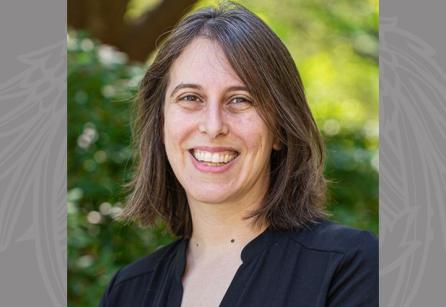News
Public Lecture by Mimi Chusid
December 13, 2022

The Divinity School is pleased to announce a public lecture by Mimi Chusid: "Saving the Dead: Women, Buddhism, and Images of Hell in Japanese Religious Art and Practice."
Wednesday February 8, 4:30pm, Common Room (1st floor).
In Japan, Buddhist conceptions of hell have long served as fertile ground for the creation of fantastic imagery that brings the unknown to life. Scholars have noted that these illustrations often mirror the vivid descriptions of postmortem tortures found in The Essentials of Rebirth (Ōjōyōshū), a text completed in 985 by the monk Genshin that commanded a wide elite readership in the following centuries. A fourteenth-century set of paintings preserved in the Idemitsu Museum of Arts however complicates this assertion and calls into question the relationship between The Essentials and pictorial representations of hell. Even though inscriptions quoting this manuscript are found in four places throughout paintings, many of the pictured scenes do not, in fact, have corresponding textual descriptions. In this talk, I aim to develop a framework for understanding the Idemitsu paintings relative to the people who produced and used them. By investigating how these images operated within the purviews of artists, patrons, and practitioners—the three groups of people responsible for their production and reception—I arrive at unexpected conclusions, including that the Idemitsu paintings were produced for the salvation of women, and for deceased mothers in particular.
Miriam (Mimi) Chusid is Assistant Professor in the Division of Art History at The University of Washington. She specializes in premodern Japanese Buddhism and its visual culture. Her interests include relationships between art, ritual, and text; the role of women in the production and reception of religious images; Buddhist materialities; and the place of conservation in art historical inquiry. She is currently an assistant professor at the University of Washington and is completing a book manuscript that examines the emergence in the thirteenth century of pictures of Buddhist hell used in rituals to benefit the dead.

